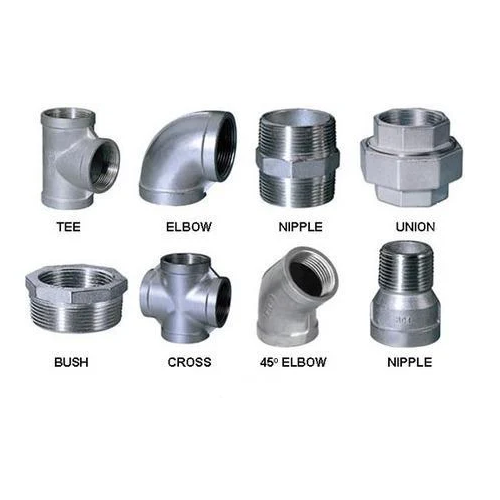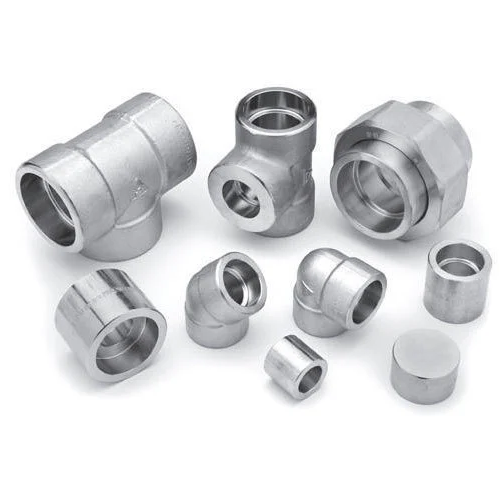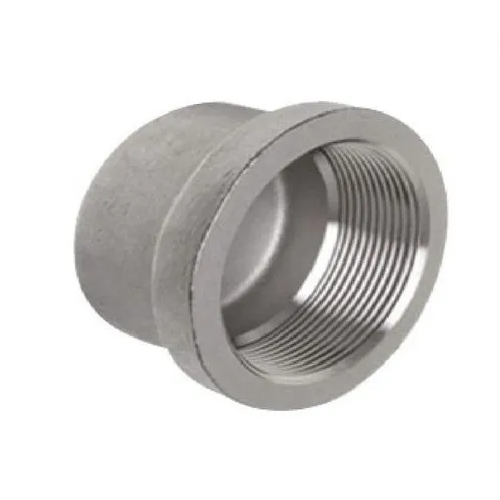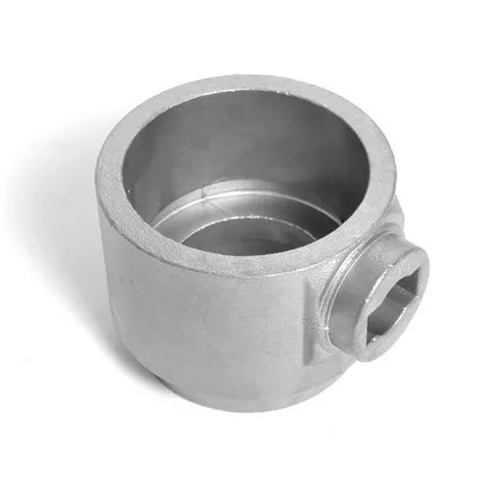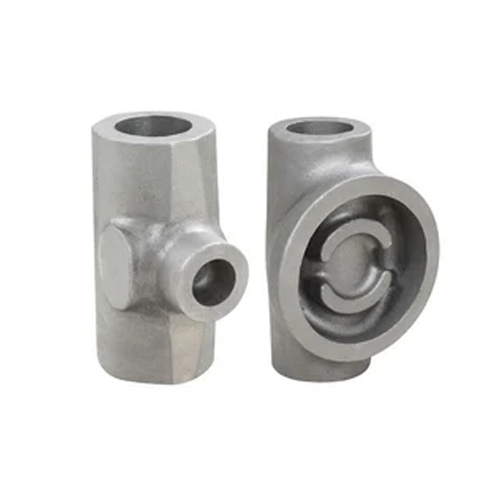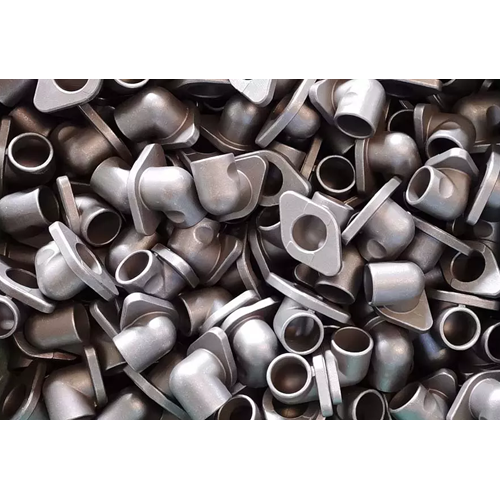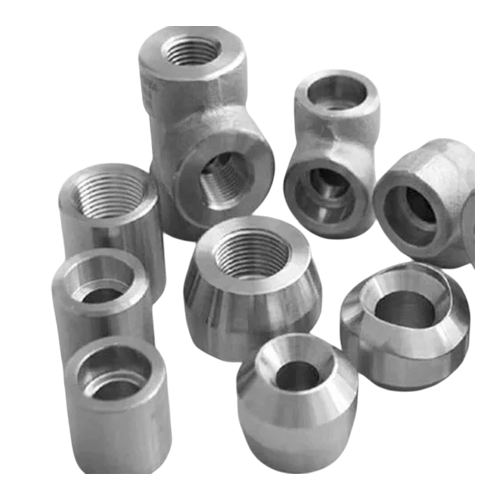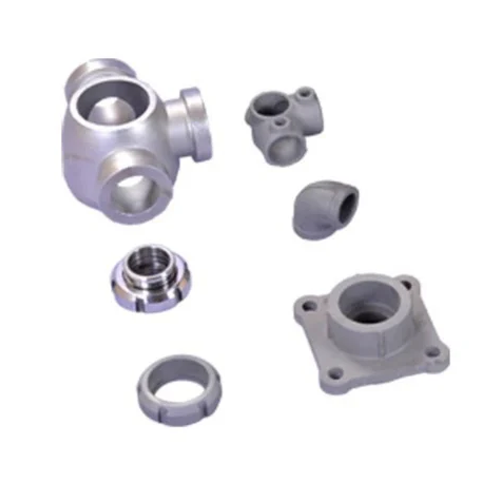- Certified ISO 9001 : 2015
- Download Catalogue
- Unit No. 327, Pride Industrial Estate,
Near Waliv Phata, Sativali Road, Vasai East,
Tal : Vasai, Dist. Palghar-401208, Maharashtra, India
- +91 9326474970
- enquiry@supercastind.com
Supercast International specializes in fabricating pipe fitting investment casting,fire fighting investment casting, valves and pump investment casting and more. We have established casting foundry for both Ferrous and Non-Ferrous castings, utilizing the lost wax casting processes. Our diverse range of products caters effectively to the varied needs of numerous industrial segments such as automotive industries, mining industries, aerospace industries,railways, defense and many more industries.
Product Details:
Investment casting for pipe fittings is a process that has gained prominence in various industries due to its precision and versatility. The process begins with creating a wax pattern of the desired component, which is then coated with a ceramic shell to form a mold. Once the shell is hardened, the wax is melted away, leaving a cavity that mirrors the original pattern. This method allows for intricate designs and complex geometries that are often challenging to achieve with traditional casting techniques. After the wax is removed, molten metal is poured into the mold, filling the cavity and taking on the shape of the original pattern. The metal is then allowed to cool and solidify, after which the ceramic shell is broken away to reveal the finished product. This meticulous process ensures a high level of detail and dimensional accuracy, which is crucial for pipe fittings that must meet stringent specifications.
The materials used in investment casting can vary widely, accommodating a range of metals such as stainless steel, aluminum and various alloys which are selected based on the specific requirements of the pipe fittings being produced. Throughout the process, factors such as temperature control and mold design play critical roles in determining the quality of the final product. Additionally, investment casting is often favored for its ability to produce components that require minimal machining post-casting, thus enhancing overall efficiency in production. The accuracy with which investment casting operates is particularly beneficial in industries such as oil and gas, automotive and aerospace, where the integrity and performance of pipe fittings are crucial.The process can also be adapted to produce both small and large quantities of parts, making it a flexible option for manufacturers.
Furthermore, investment casting for pipe fittings supports the creation of fittings with complex internal passages and thin walls, attributes that are essential for optimizing flow characteristics in piping systems. As the demand for customized and high performance pipe fittings continues to grow, investment casting stands as a pivotal technique, driving innovation and enabling manufacturers to meet the evolving needs of various sectors while ensuring that the quality and reliability of the components produced remain uncompromised.
1. The pattern displays a precise model made from wax that defines the shape of the final product in investment casting for pipe fittings and is melted away during the casting process.
2.Ceramic shell signifies a strong mold created by coating the wax pattern with ceramic material which is essential in investment casting for pipe fittings to provide the necessary strength to withstand molten metal.
3.In investment casting for pipe fittings, a tree structure portrays an object, where multiple patterns attached to a central runner allows for efficient pouring of molten metal into the molds.
4.The method of dip and sand process, is crucial in investment casting for pipe fittings as it involves repeatedly coating the wax patterns in ceramic slurry and sand to build a durable shell around the patterns.
5.An autoclave signifies a high pressure vessel used in investment casting for pipe fittings to remove wax from the ceramic shell, ensuring a clean mold for metal pouring.
6.Foundry Oven denotes, a high-temperature furnace used to preheat the ceramic molds before molten metal is poured in.
7.Molten Metal is the liquid that is poured into the ceramic mold during investment casting for pipe fittings creating the final casting, which solidifies into the desired shape.
8.The post casting operations, in investment casting for pipe fittings,are the processes such as cutting, grinding and finishing performed on the castings after they have cooled to achieve the final specifications.
9.Inspection and testing procedures in investment casting for pipe fittings ensure that the final castings meet the required standards and tolerances.
10.Additional processes like heat treatment or plating, important in investment casting for pipe fittings, are applied to enhance the properties and appearance of the final product.
Application Industries :
1. Oil and Gas
2. Chemical Processing
3. Water and Wastewater Management
4. Aerospace
5. Automotive
6. Power Generation
7. Marine
8. Pharmaceuticals
9. Food and Beverage
Investment casting is a versatile and reliable manufacturing process for producing high-quality pipe fittings that are used in a wide variety of industries, including oil and gas, chemical processing, HVAC, plumbing, and marine applications. The precision, material flexibility, and ability to produce complex geometries make investment casting an ideal choice for manufacturing fittings like elbows, tees, flanges, couplings, reducers, and valves. While initial tooling costs may be higher, the overall advantages of this method-such as reduced waste, high strength, and corrosion resistance-make
